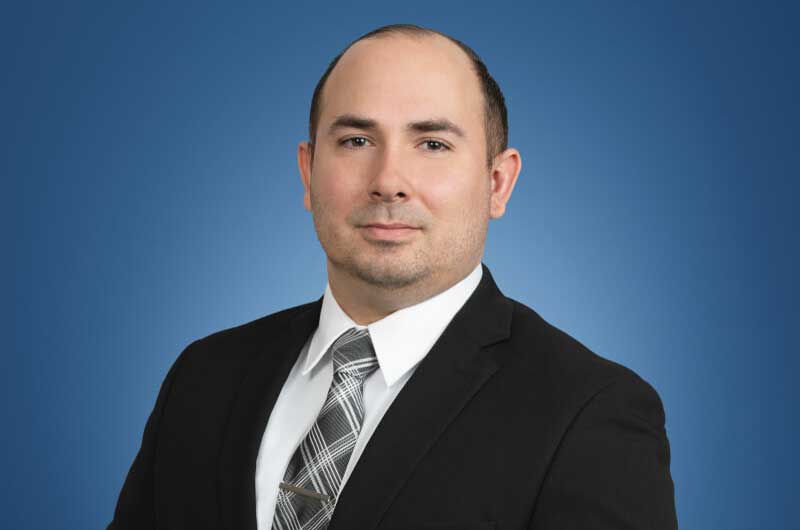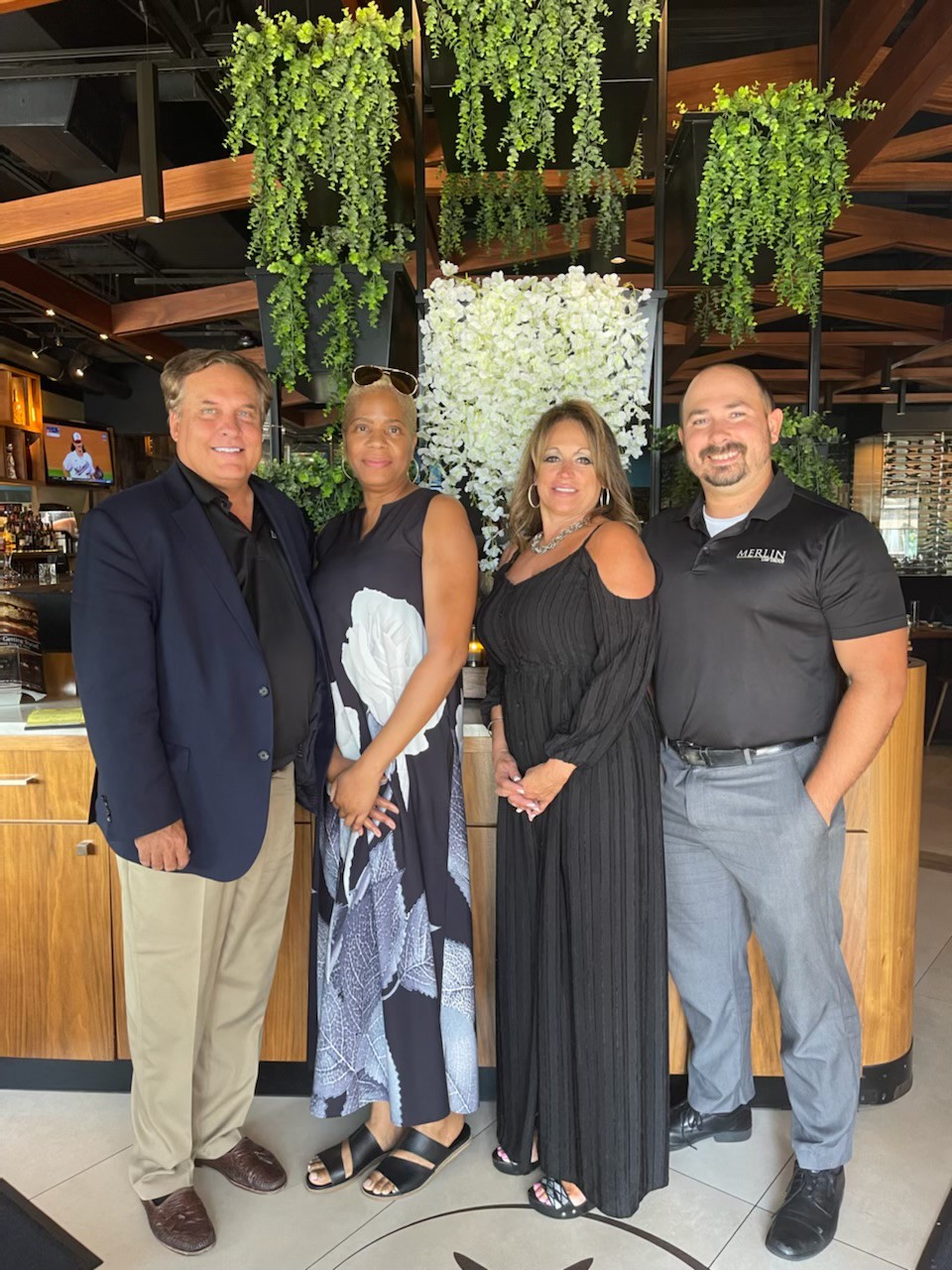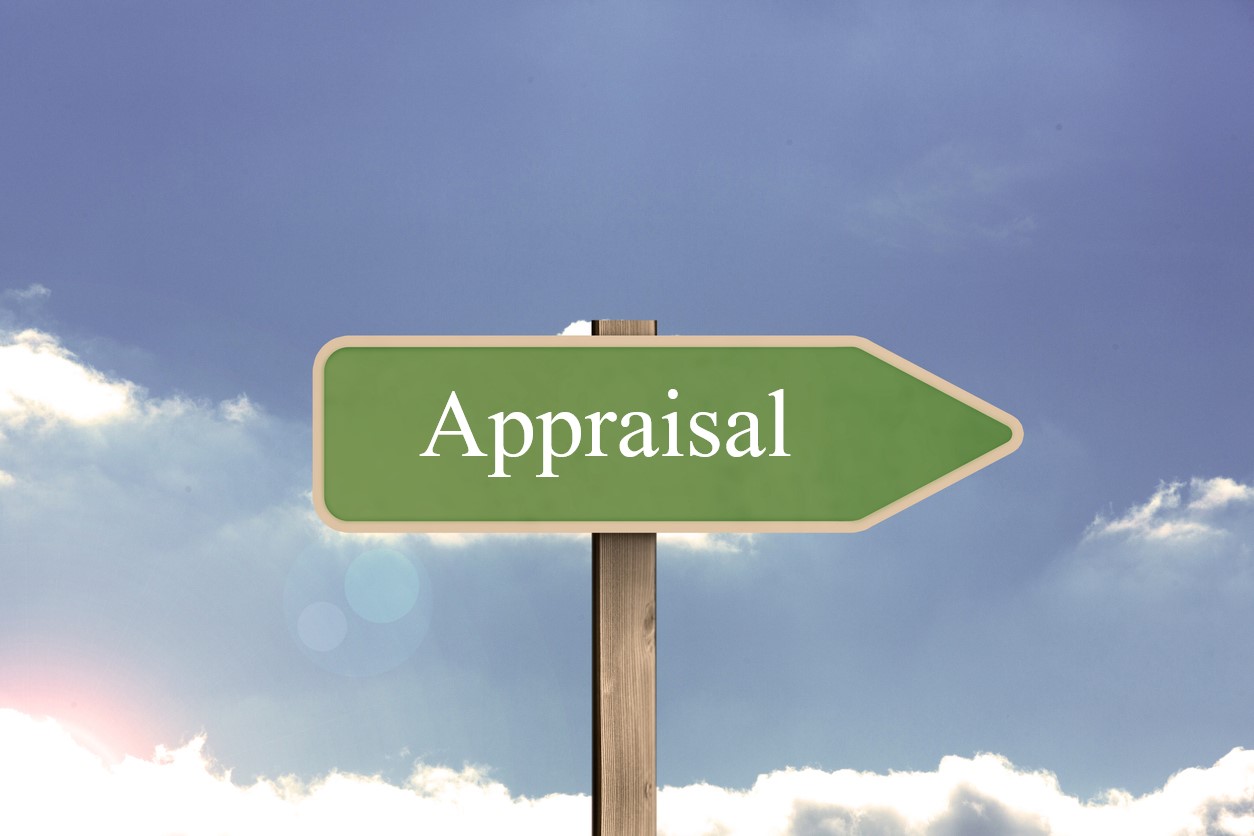Catastrophes by definition cannot be felt in the imagination – they are only experienced as embodied in the sensation of the unimaginable. There is no doubt that the destruction caused by Hurricane Sandy was unimaginable. Life along the coast line of New York and New Jersey will never be the same, but as people and businesses adjust to the “new” normal, many are considering how their insurance policies will respond.
In an Insurance Journal article tiled “Attorneys Discuss Possible Triggers for Business Interruption Coverage” the authors consider different coverages that may be available for professional service companies that were not “physically damaged” but were affected by Hurricane Sandy’s ability to put to the insomniac city to sleep.
With a nearly unprecedented two-day closure of the New York Stock Exchange, as well as week-long closures of the metropolitan area’s mass transit system, New York’s financial services sector and other professionals were not spared from the wrath of Sandy, even if not directly damaged by the storm.
Many of downtown Manhattan’s major professional businesses — including Morgan Stanley, J.P. Morgan, Oppenheimer & Company and Standard & Poor’s — and several of the nation’s most profitable law firms were dislocated from their primary office locations.
Many professional service providers of all sizes located in and around the hardest-hit areas were unable to conduct business or faced increased costs of business because due to an inability to access their offices.
Although these businesses may not have sustained a physical loss or damage at the insured premises, business interruption coverage can respond to the significant income losses suffered by those businesses affected by evacuation orders, transportation shutdowns, and utility outages.
Businesses Affected by Evacuation Orders
Prior to the arrival of Sandy, low-lying areas of New York, New Jersey, and Connecticut were evacuated. This included a large portion of New York City’s financial district. Professional service businesses located in the areas subject to evacuation orders may look to “civil authority” coverage.
Civil authority coverage frequently applies when an insured loses business income because access to its premises is prohibited by an act of the government, even without physical damage to any property. This coverage reimburses an insured for the lost income and extra expenses incurred as a result of the evacuation orders.
The availability of civil authority coverage will depend upon the particular language in the particular policy. Additionally, policyholders need to be cognizant of the fact that civil authority coverage may only applies for a specific and limited period of time and only when the governmental order is in place.
Moreover, coverage issues exist in New York as some New York courts have strictly construed the requirement that access be prohibited and held that civil authority coverage is only triggered when access to all of the insured’s property is prohibited.
Employees Unable to Get to Work (Ingress/Egress)
Even without evacuation orders, many professionals found it impossible to commute to work before, during, and after the storm. All tri-state area public transportation systems were shut down before any storm made landfall.
In the aftermath of Sandy, many businesses were unable to operate because millions of tri-state area employees simply had no means to get to work.
Similar to civil authority coverage, ingress or egress coverage may be available when access to (“ingress”) or from (“egress”) an insured’s premises has been prevented or made more difficult because of a storm. Unlike civil authority coverage, no governmental act is required to trigger coverage.
Many insurance policies cover losses when ingress to or egress from insured premises is “prevented” because of a covered peril.
Frequently, an insurance policy will cover the loss sustained by an insured “due to the necessary interruption of the Insured’s business due to prevention of ingress to or egress from the Insured’s property, whether or not the premises or property shall have been damaged” if the interruption resulted from damage of a type insured against by the policy.
Other policies may provide ingress and egress coverage by protecting against an interruption of business “as a consequence or denial, prevention or, or reduction in access to or use of highways, bridges, causeways…or terminals…or the means of access thereto” caused by an insured peril. Some ingress and egress coverage will require that damage be in close proximity to an insured location.
For instance, a policy may cover an interruption when “as a result of loss, damage or an event not excluded…at an insured location or within two (2) miles of it, ingress to or egress from real or personal property is prevented.” Policies may also provide coverage for an interruption during the time period that “access to or egress from real or personal property is impaired” but only for “ingress/egress impairments…located within one (1) mile of the Insured’s premises.”
The Loss of Power
Following Sandy, nearly all of downtown Manhattan (and other business centers throughout the region) found itself without power.
The disruption of utility service effectively prevents any businesses from operating. An insured must be careful to review its insurance policy as a whole in determining whether utility service, or any other coverage, may provide the insured with some recovery for losses caused by Sandy.
The lack of power may implicate time element coverage as certain policy forms provide coverage for “service interruption” such as a power outage. However, several commercial property insurance policies exclude coverage resulting from a utility service interruption that originates away from the insured’s premises.
Under this provision, unless an insured suffers a power loss because of equipment failure on its own premises, insurance companies likely will seek to disclaim coverage for a company’s inability to operate because it did not have necessary power or water.
I somewhat agree with the information provided in the article. In essence, the type of business interruption coverage will greatly depend on the specific language of each policy and the specific circumstances of each business income loss. These types of claims require a thorough understanding of the underlying principles and methods of Business Interruption law and coverage. Although these jurisdictions generated several court opinions and interpretations in the context of 9/11 litigation, Hurricane Sandy is a more complex event that caused many perils simultaneously – some of them which may or may not be covered. Before making a claim, every policyholder should consult with a business income claim professional to decide on the best available strategy to present a successful claim that will not get “hung up” on semantics.




